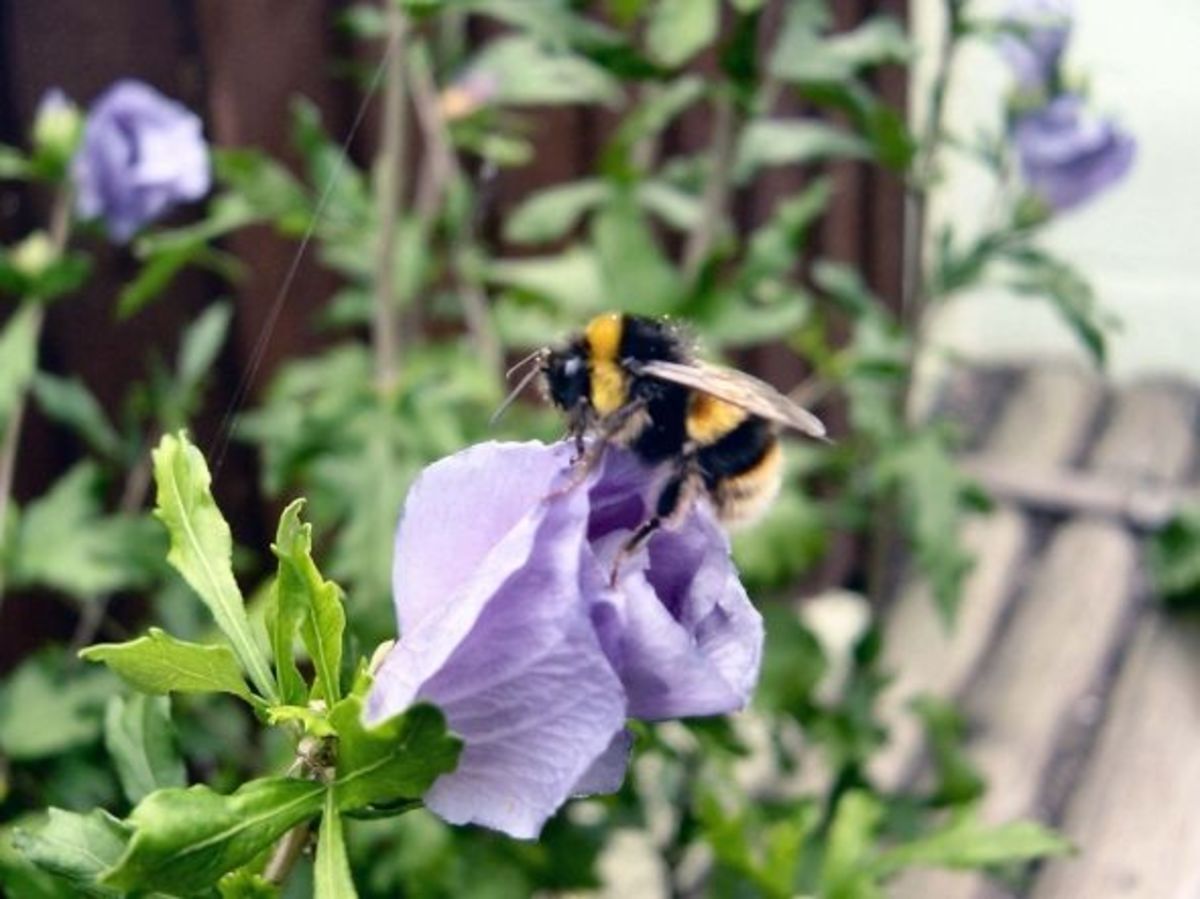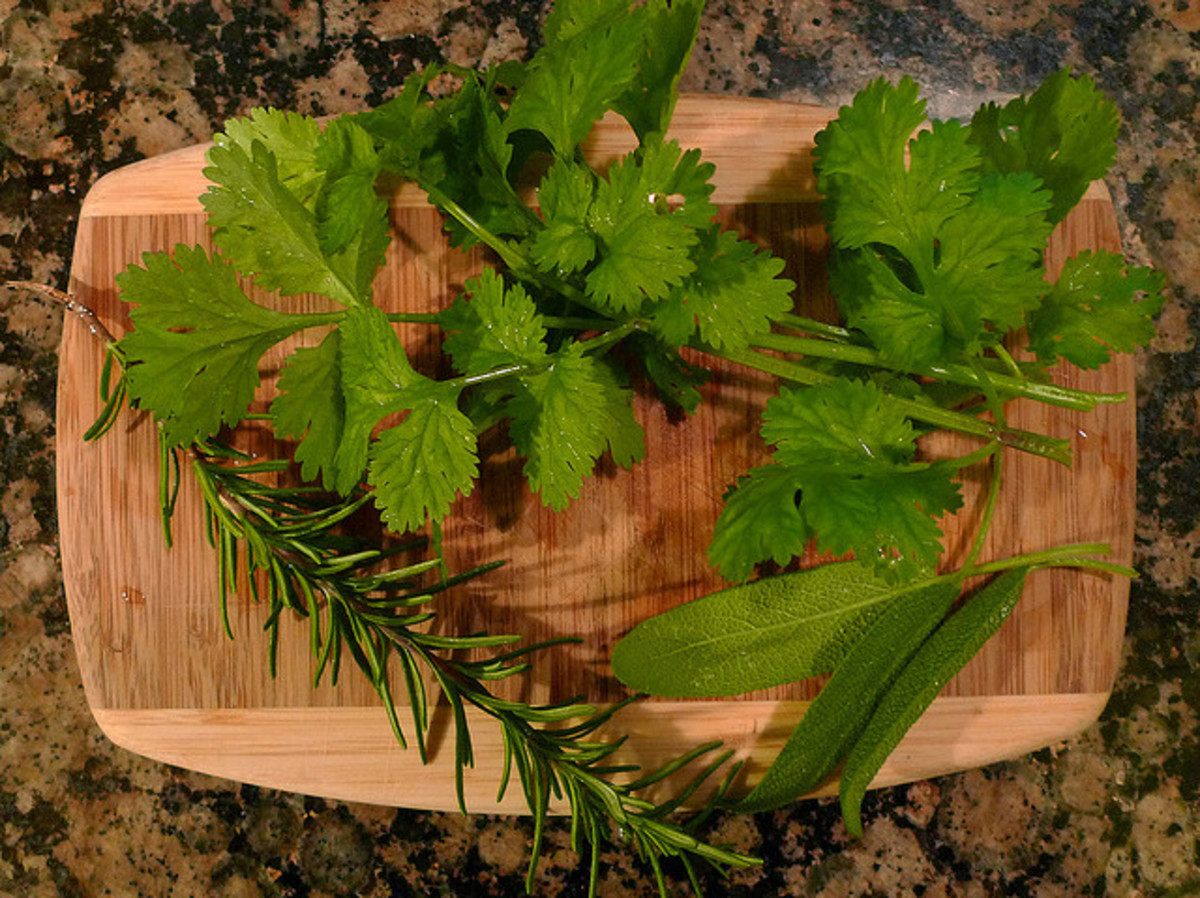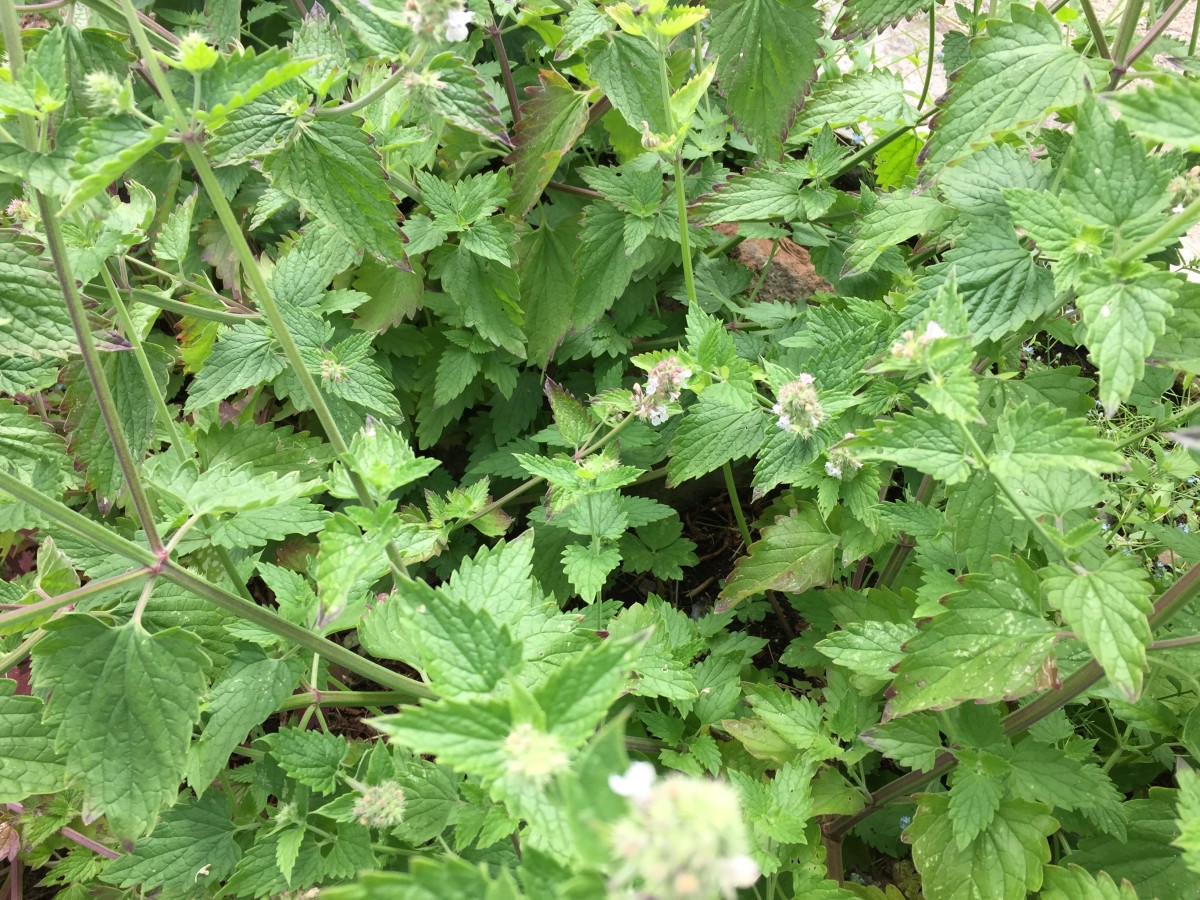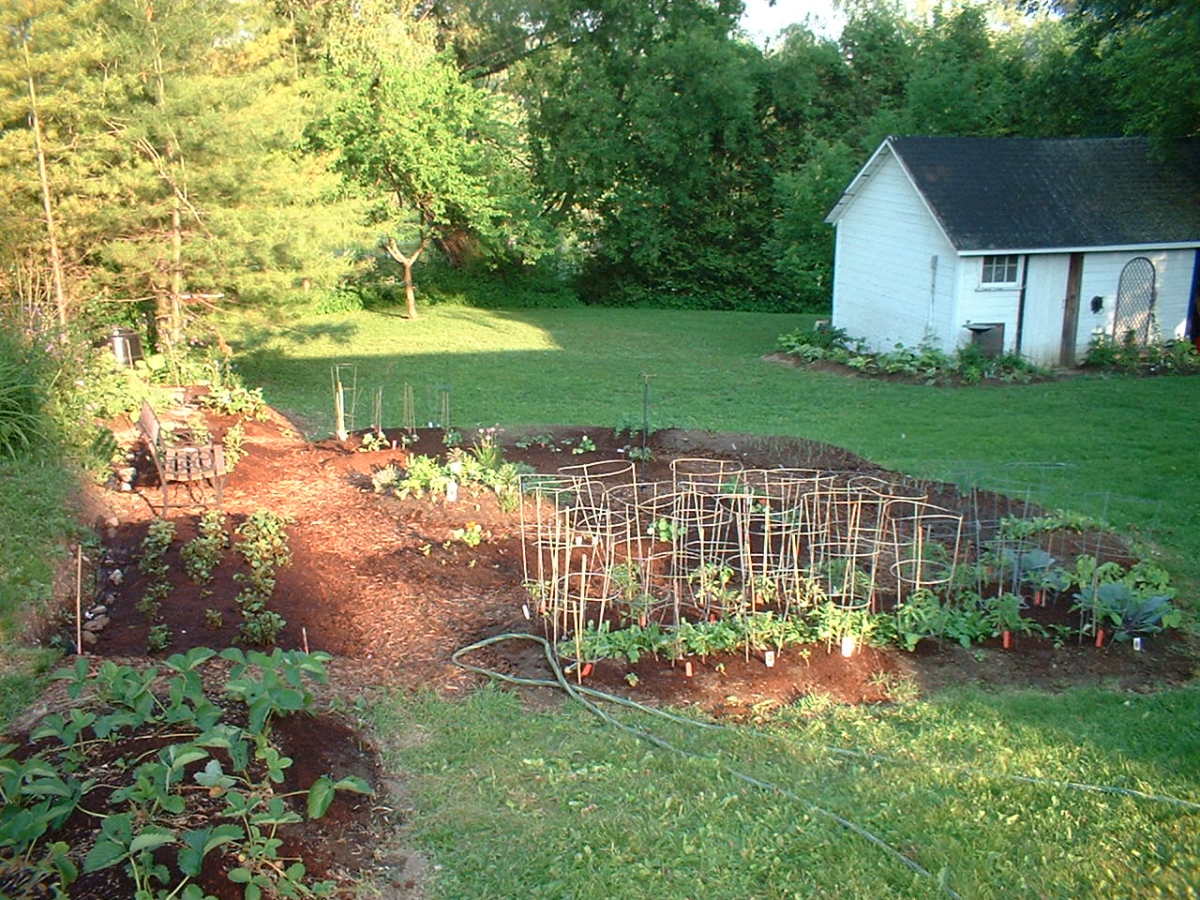Grow a Spring Herb Garden
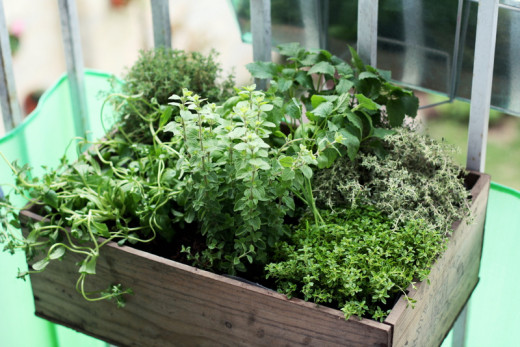
The fresh scent of flowers, green grass sprouting, and robins beginning to sing are just a few signs of spring we look forward to during the long winter season. As we begin to welcome in spring, it’s a great season to begin growing an herb garden that will give you fresh garnish and flavor all season long. Whether you love a garnish of parsley on your pasta, sprinkling rosemary over oven roasted potatoes or enjoying fresh chives on your salad, herb gardens give you the opportunity to expand your recipe palate.
Below you will learn about all the ingredients you need to begin growing your herbs and steps to setting up your garden including suggestions for how to incorporate your herbs into your favorite recipes. Learn about the ideal conditions for growing and storing your herbs so you can enjoy fresh, organic, homegrown flavors.
Items you will need
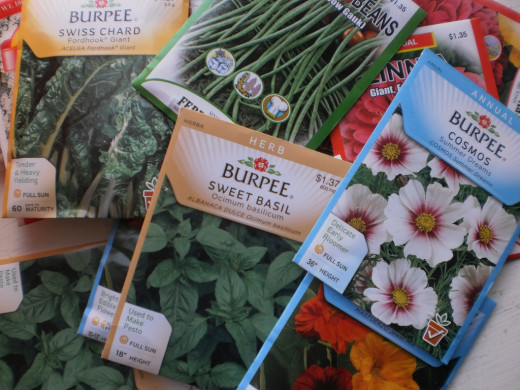
The first step in growing your herb garden is gathering all of your supplies. You can find all of the supplies below at a home improvement store for very low cost, depending on how large of a garden you want to grow. If this is your first herb garden or you have limited outdoor space, your best bet is starting with a smaller greenhouse which offers 30 – 50 seed pods.
Supplies needed include:
-
Seed packets
1 packet for each type of herb will usually provide several dozen seeds so you will likely not need to buy more than 1 packet, unless you have a very large outdoor garden space.
-
Small greenhouse seed kit
Most greenhouse seed kits come with everything you need, including dirt and the greenhouse container which holds water with a clear cover to trap heat and moisture.
-
Water
-
A quiet place with lots of sunshine, free of pets or other environmental disturbances
Steps for growing your seeds
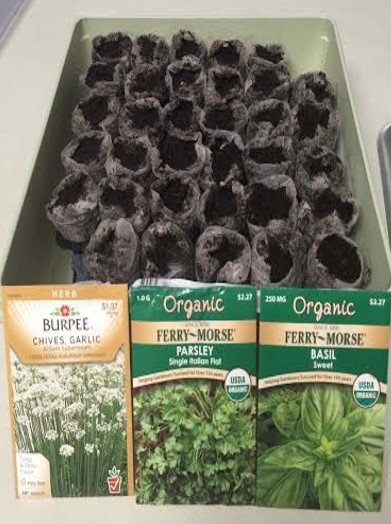
Prepping your seeds for growth is a very simple, straightforward process. Consider setting out all of your supplies above outside on your patio (in case you make a mess) or cover your counter or table with newspaper to make for easy clean-up afterwards.
Ensure you review all instructions on the greenhouse seed kit. You will begin by opening your kit and placing the dirt pods into the bottom of the basin. The dirt pods will typically be covered with a thin mesh material so you will need to cut a small opening in the mesh to reach the dirt for planting.
Once a small hole of mesh has been opened to reach the dirt in all of the pods, place 3-4 seeds in each pod and slightly cover them with dirt.
If you are planting various types of seeds all within the same greenhouse, keep the same types of seeds in the same row. You can take a popsicle stick and write on it with a marker to label the rows with the different herbs in case you forget!
Once all of your seeds are planted, fill the basin of your greenhouse with water just until the water level reaches the bottom of the dirt pods.
Finally, place the transparent cover on your greenhouse and place in a quiet, sunny window of your home or patio. Some place free of traffic and pets and in a warm environment is most ideal.
Keep an eye on your greenhouse over the next couple of weeks to ensure water levels do not dissipate too much and you should soon begin to see your herbs sprouting!
Transplanting your seeds to a garden
Have you ever grown your own herbs?
Depending on where you live, you should ensure that the weather is warm enough and past the risk of freezing during the overnight hours before transplanting your herb spouts to a garden or larger receptacle outdoors.
You should also ensure your seeds have sprouted enough to withstand outdoor conditions such as wind and rain. Do not be in too much of a hurry to transplant them outdoors if your herbs have not yet developed a thick enough stem. On the other hand you do not want to leave your seedlings in the dirt pods too long which could stunt their growth.
When transplanting, take your seedlings which are still in the dirt pods at this point, out of the green house and remove any remaining mesh wrapping.
Then simply place each dirt pod into your garden or receptacle at least 4-6 inches apart and gently mound remaining dirt to secure the seedlings in place. Sprinkle with water and get ready to watch your garden grow!
Some tips for transplanting:
-
It’s best to transplant on a warm, sunny day
-
Avoid transplanting during particularly cold or windy conditions
-
Ensure your garden is in a sunny location and will not be overly shaded by nearby buildings or trees.
Caring for your garden
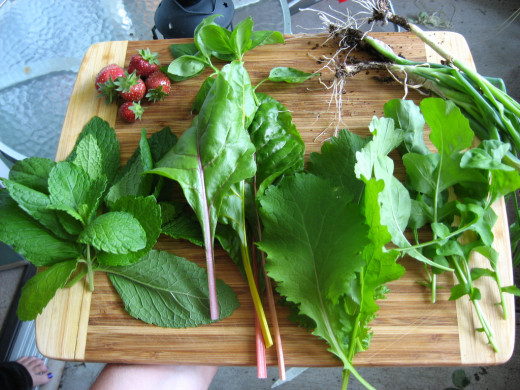
Now that your herb garden is transplanted and in place, you can enjoy watching the grow of your new herbs over the next several weeks. In the meantime, below are some tips to ensure your herbs flourish during the growing season.
-
Check your garden every day to ensure the soil does not get too dry. Keep an eye on the rain fall and water as needed.
-
Be careful not to flood your garden. If you notice the dirt is turning into mud, cut back on the watering.
-
Invest in a hoe or other garden tools to help remove weeds between your herbs which can steal valuable nutrients from the soil.
Harvesting your herbs
Throughout the summer regularly snipping your herbs can help promote new growth. Generally you want to cut only the top 1/3 of the herb so you leave enough of the stem to promote new growth.
In general, the best time to harvest is late morning which is ideal because the dew has dissipated by then, but it is not yet hot enough during the afternoon in which the direct sun will impede or shock any new growth. This is typically a good time of day for watering as well.
Make sure to use sharp, clean scissors or clippers. Remember, you’re eating your harvest so you don’t want to use clippers that may be rusted or have deposits or chemicals on them from other projects around your house. Investing in a good pair of kitchen scissors may be a good idea.
Avoid harvesting any leaves that look damaged or brown. You may want to remove them, however to encourage healthy growth.
If your herbs look dirty, you can bring them inside and wipe them with a dry cloth or rinse them under cold water and gently pat dry with a paper towel. You can even dry them using a salad spinner.
You can even dry your own herbs at home to store and use long term.
How to Dry Herbs
Great starter herbs
If you have never gardened before or grown your own food in the past, starting with herbs are a great option because for the most part they grow very easily, are durable, and require very little care once they are planted.
Check out some of the best herbs for beginners below, including uses for each one and how to begin incorporating them into recipes.
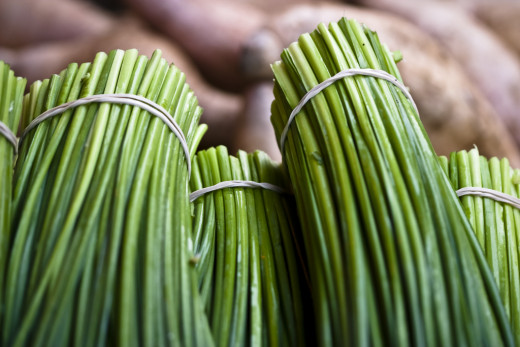
-
Chives
Onion or garlic chives are a grassy type herb, characterized by long, green stems. They are easy to harvest (you literally just clip off as many sprouts as you need, chop them up, and sprinkle them over your dishes) and have a very subtle onion or garlic flavor which won’t overpower your dishes.
Chives pair well with any potato dish including as a topping on top of baked potatoes, scalloped potatoes, or oven roasted potatoes with a little olive oil, salt, and pepper.
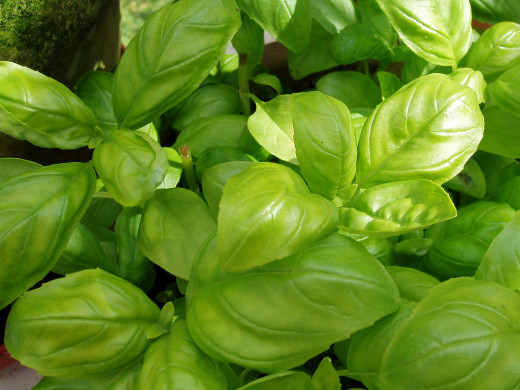
-
Basil
You will instantly recognize basil by its large, green leaves and aromatic flavor found in many Italian dishes.
Simple tear a few basil leaves over your pasta or bruschetta, or make a caprese salad with a basil leaf paired with a tomato slice and some fresh mozzarella. Grab a glass of wine and make your own Italian restaurant night right at home.
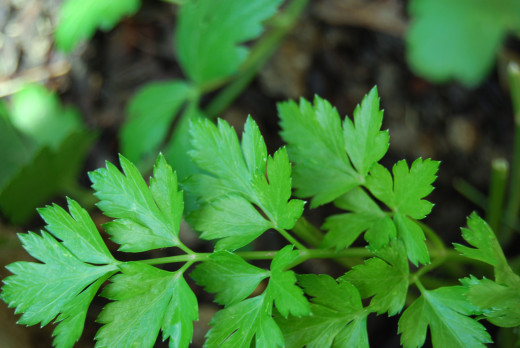
-
Parsley
Parsley is one of the most versatile herbs. It has a very mild flavor and brings a fresh, bright garnish to almost any dish. In fact, there isn’t a meal that garnishing with parsley wouldn’t compliment.
Run your knife through a handful of parsley to garnish your pasta, salad, soups, or even steak to add color to the plate and bring freshness to any meal.
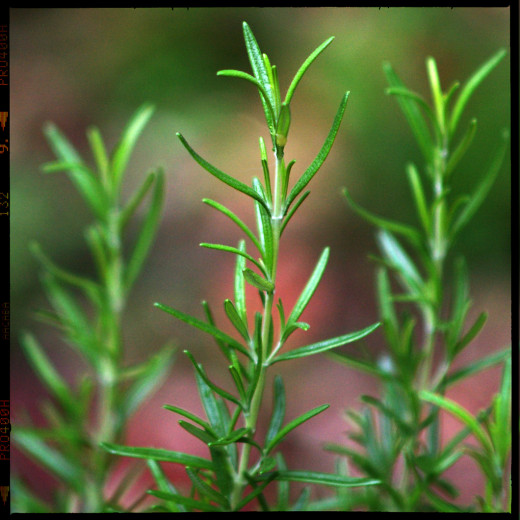
-
Rosemary
Rosemary is characterized by long, durable stems and very fragrant aroma. It looks much like shrubbery, stemming from the evergreen family.
Rosemary pairs very well with roasted potatoes or throw a spring into a pan with olive oil to infuse oil as the base for skillet cooking meats like chicken or pork.
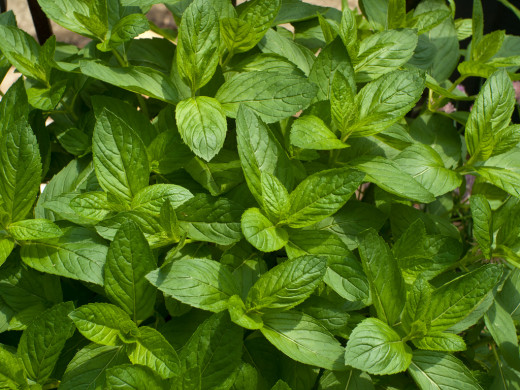
-
Mint
It’s easy to recognize mint by its long green leaves and unmistakable aroma. Popular in mixed drinks like mojitos, mint is one of the few herbs that can cross between the beverage and food worlds.
Crush a couple of mint leaves in your next cocktail or glass of lemonade, or chop up and sprinkle over a fruit salad.
If you want to get involved in the outdoors, test out your green thumb, or are looking for a way to incorporate a little more freshness into your diet, starting an herb garden may just be your next favorite hobby!
Have you ever grown your own herb garden? Share your tips or tell us about your past misses. What are your favorite herbs to grow or eat? Share in the comments!

